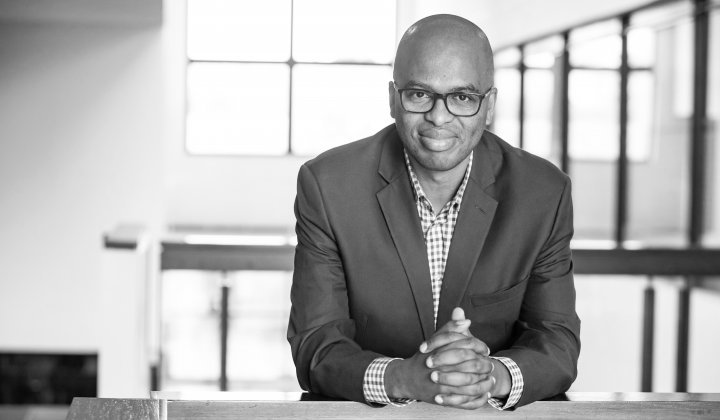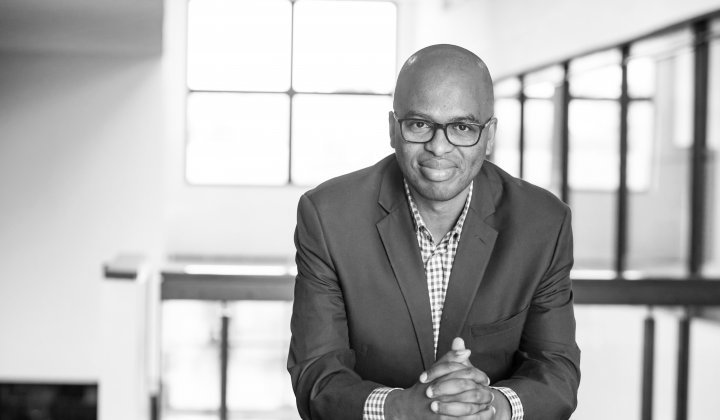Recently I was asked to facilitate an executive dialogue with the Economist Corporate Network. After a rich discussion of the impact of the global, regional and local environments on business, we moved to the important theme of how organisations need to respond to key environmental shifts. When exploring what needed to change, one member of the group ardently proclaimed the need for organisations to embrace creativity, innovation and to be mindful of the need to serve multiple stakeholders. Another seasoned exec was sceptical. He argued for an approach that was far more focused on securing hyper-efficiencies, remembering that the shareholder is the primary customer of the firm and ensuring that firms run lean to survive difficult economic times.
The conversation reminded me of a book published by Gareth Morgan back in 1986. Morgan’s assertion was that all of the images we hold about organisations can be reduced to eight metaphors. Two of these appeared as opposing views in our discussion – organisation as machine versus organisation as organism.
The first – organisation as machine – has its origins in Frederick Taylor’s factory management system which broke down production into specialised repetitive tasks. Many of these tasks have become automated and growing advances in machine learning mean that many of the tasks Taylor diligently observed being meted out to workers on a production line in a pin factory are more likely to be completed by robots in the future. This doesn’t of course mean that there’s no room for (human) managers to evolve business models that leverage efficiency and continually advance our ability to produce more output with less input.
The second metaphor – organisation as organism – is far more humanistic in its outlook and aligns with an increasingly popular perspective that exhorts leaders and managers to embrace the unpredictable and to shift away from rigid hierarchies and rule-based organisations to a far more organic view. A quick glance at business bookshelves reveals a genre of publications (typically with colourful covers and curved lines) sporting titles and subtitles like “Messy – the power of disorder to transform our lives” (by Tim Harford) and “Loose – the future of business is letting go” (by Martin Thomas).
Which of the Morgan metaphors captures the essential model of organisational success in the current age? The answer is both. The need for organisations to shift from the choice of single dominant logic to embracing multiple alternatives and finding ways for them to exist side by side is receiving increased attention in executive education. Work by thought leaders like Barry Johnson on Polarity Management and Fons Trompenaars’ sage advice on how to manage paradoxes is instructive. Johnson likens the management of polarities to breathing – for us to oxygenate effectively, we must both inhale and exhale. Neither is more important than the other, they both need to happen. Trompenaars advises managers facing paradoxical choices to focus on three Rs: recognition of the paradoxical nature of the choice, respect for the different perspectives and the wisdom that is inherent in each, and endeavours to reconcile the perspectives.
The art of effective leadership and management lies in multi-dexterity. The apparent choices between soft and hard, innovation and execution, embracing digital and humanity are false dichotomies that require less of a choice between them and more of a choice about when and where to prioritise each. Sometimes they must live side by side. To be successful in today’s world we must embrace the disciplined and relentless approach to whittling down waste that is embodied in calls to do more with less. Whilst we must apply disciplined, scientific approaches embodied in Taylorism, breakthrough ideas and radical innovation are unlikely to be fostered in rigid, hierarchical organisations. We must also create organisational spaces for innovative sparks to fly and for the new to emerge.
As most great artists will testify, their success rests on the discipline to follow structured work routines that enable new, creative ideas to unfurl.




